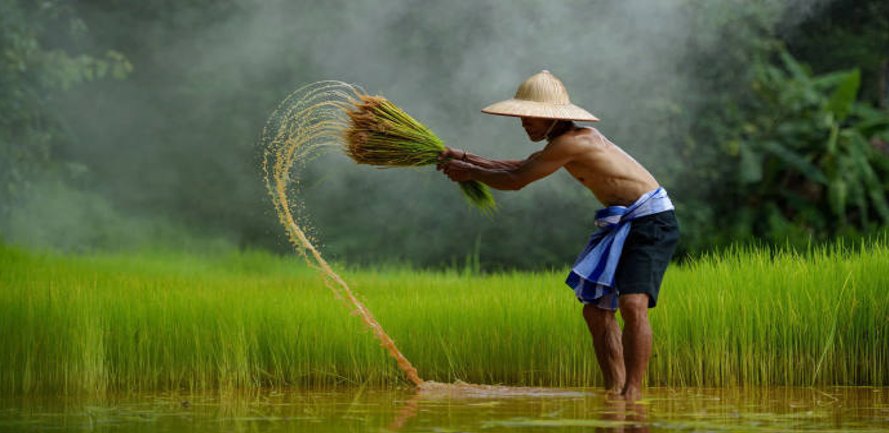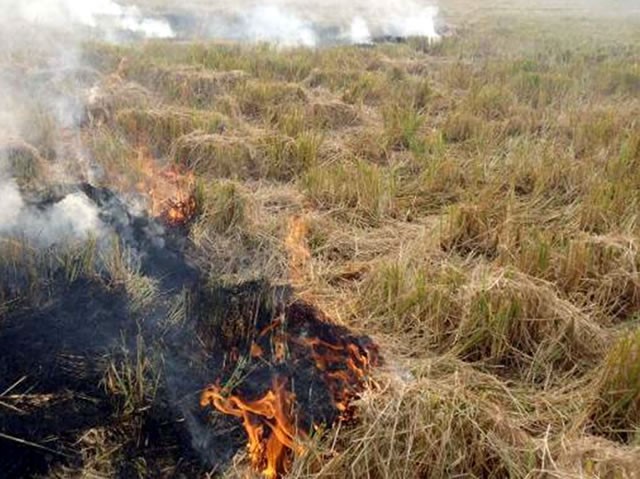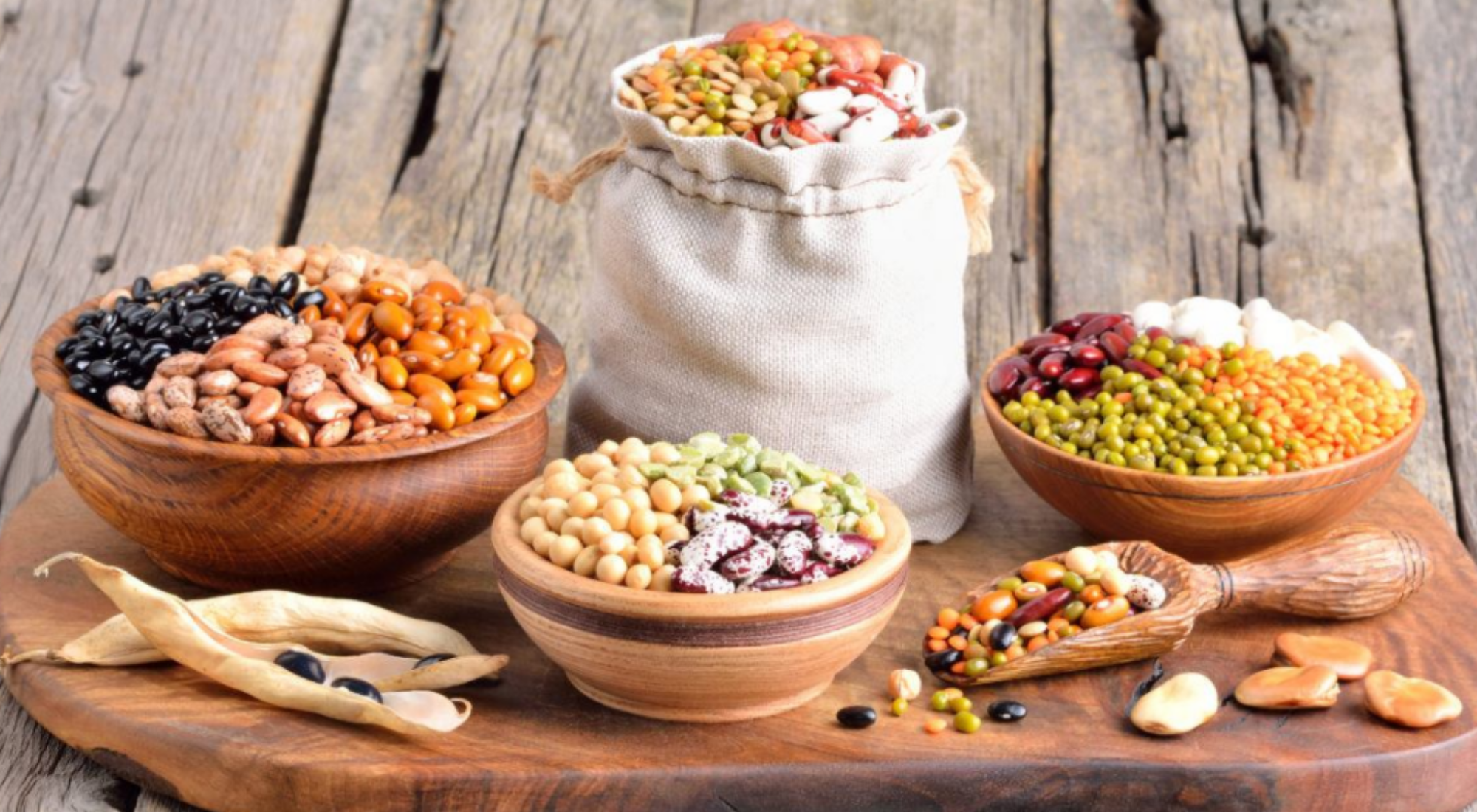In April 2022 I began my research project for my CCAFS course and my topic focuses on greenhouse emissions and the carbon footprint of inbred and hybrid rice. The project is in conjunction with the International Rice Research Institute (IRRI). As I began several tasks in April, I obtained knowledge on a variety of issues (in terms of GHGs emissions from rice fields), which l am going to share with you.
Rice, one of the most abundant commodities farmed and consumed globally. Over half of the global population relies on rice as their daily staple diet; over a fifth depends on rice farming for their livelihood, according to the International Rice Research Institute. This could explain why rice contributes about 12 percent of world methane emissions and an astounding 1.5 percent of overall greenhouse gas emissions. In Southeast Asia, one the world’s major rice bowls, rice production accounts for as much as 33 percent of the region’s methane emissions (Umali-Deininger 2022).

How does the production of rice explain such a high amount of emissions?
For every tonne of rice that is harvested, a tonne of straw and stubble are left behind. Farmers either burn rice straw to prepare fields for subsequent crops, which produces significant carbon dioxide emissions as well as methane, carbon monoxide, nitrogen oxides, sulphur oxides, and particulates, or they flood the field to promote quick decay, which also produces significant methane emissions.
GHG emissions are increased by food waste and loss along the value chain. Food loss and waste are made worse in many countries by traditional drying techniques (particularly those used on rural roads) and low rice milling efficiency (the ratio of milled rice output to paddy input).

Solutions applicable to reduce GHG emissions?
Changing rice production practices: Using excellent agricultural practises and climate change adaptation (CSA) strategies like alternate wetting and drying water management has the potential to considerably reduce methane and nitrous oxide emissions. These strategies comprise a combination of bettering irrigation water delivery, levelling the soil, and using superior seeds (e.g. drought-, pest-, and flood-resistant high yielding varieties). Compared to continuous flooding, studies from Uruguay and Colombia reveal that alternate wetting reduces emissions by 55–65 percent (Rodriguez 2016).
Improved management of rice residues: Straw and rice husks can be used as animal feed, growing beds for other crops like mushrooms, inputs for the manufacture of bio-energy, and as organic fertiliser from the by-products.
Breeding of varieties that emit less methane: Breeding rice varieties that emit less methane, is one of the most effective methods for reducing methane emissions.
If you are interested in learning more about how GHG emissions from rice fields and how they can be reduced, I have provided links to a few papers and articles below.
Source
https://blogs.worldbank.org/eastasiapacific/greening-rice-we-eat
Further readings
https://ghgmitigation.irri.org/
Bhattacharyya, P. and Barman, D. (2018) ‘Crop residue management and greenhouse gases emissions in tropical rice lands’, Soil management and climate change: Elsevier, pp. 323-335.
Wang, C., Lai, D. Y., Sardans, J., Wang, W., Zeng, C. and Peñuelas, J. (2017) ‘Factors related with CH4 and N2O emissions from a paddy field: clues for management implications’, PloS one, 12(1), pp. e0169254.
